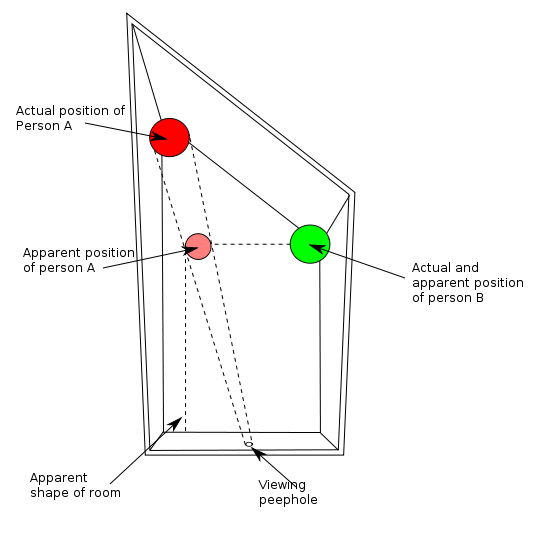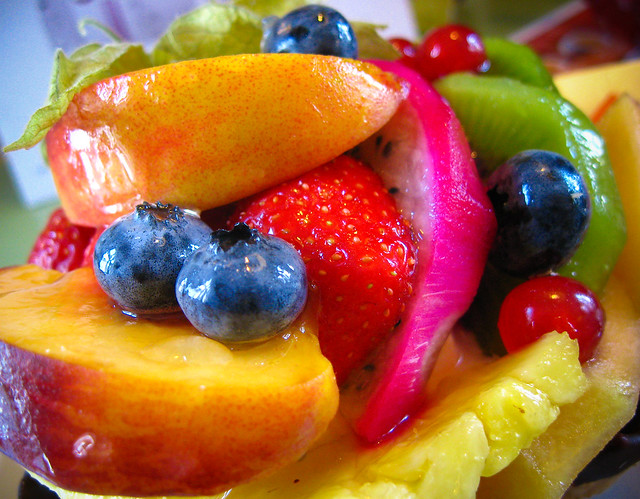II. Aphrodisiacs
=are any of various forms of stimulation thought to arouse sexual excitement. Aphrodisiacs may be classified in two principal groups:
- (1) psycho-physiological (visual, tactile, olfactory, aural)
- (2) internal (stemming from food, alcoholic drinks, drugs, love potions, medical preparations).
Despite long-standing literary and popular interest in internal aphrodisiacs, almost no scientific studies of them have been made. Scientific research is limited to occasional tests of drugs or hormones for the cure of male impotence. Most writings on the subject are little more than unscientific compilations of traditional or folkloric material. Of the various foods to which aphrodisiac powers are traditionally attributed, fish, vegetables, and spices have been the most popular throughout history. In none of these foods, however, have any chemical agents been identified that could effect a direct physiological reaction upon the genitourinary tract, and it must be concluded that the reputation of various supposedly erotic foods is based not upon fact but upon folklore.
It has been suggested that man’s universal attribution of
libidinous effects to certain foods originated in the ancient belief in the therapeutic efficacy of signatures: if an object resembled the genitalia, it possessed, so it was reasoned, sexual powers. Thus the legendary aphrodisiac powers of ginseng root and powdered rhinoceros horn.
With the exception of certain drugs such as alcohol or marijuana, which may lead to sexual excitation through disinhibition, modern medical science recognizes a very limited number of aphrodisiacs.
Testosterone
Libido is clearly linked to levels of sex hormones, particularly testosterone. When a reduced sex drive occurs in individuals with relatively low levels of testosterone (e.g., post-menopausal women or men over age 60
) ,testosterone supplements will often increase libido. Approaches using a number of precursors intended to raise testosterone levels have been effective in older males, but have not fared well when tested on other groups.
YohimbineYohimbine is the main alkaloid of
Yohimbe. Yohimbe, but not Yohimbine, is often popularly referred to as a "weak MAO inhibitor" although no sources are cited for this. Pharmaceutical preparations of yohimbine do not indicate that the drug, which is approved in the US for treatment of impotence (under such brand names as Yocon,Yohimex, Aphrodyne and Viritab), is an MAO inhibitor. Its main action is as an alpha-adrenergic antagonist, by which yohimbine may increase genital blood-flow and both sexual sensitivity and excitation in some people. Preparations of yohimbe bark are available over-the-counter and should be used with caution. The unrefined yohimbe bark contains several active alkaloids besides yohimbine. Side effects can include rapid pulse, sweating, and anxiety reactions in susceptible people. Pharmaceutical preparations of yohimbine can also produce these side effects at higher doses, but are available in standardized doses which allow the patient to dose in a controlled fashion. Some patients report a cumulative pro-sexual effect using the drug over time.
Bremelanotide
Some compounds that activate the melanocortin receptors MC3-R and MC4-R in the brain are effective aphrodisiacs. One compound from this class,
bremelanotide, formerly known as PT-141, is undergoing clinical trials for the treatment of sexual arousal disorder and erectile dysfunction. It is intended for both men and women. Preliminary results have proven the efficacy of this drug, however development was briefly suspended due to a side effect of increased blood pressure observed in a small number of trial subjects who administered the drug intra-nasally. On August 12, 2009, Palatin, the company developing the drug, announced positive results (none of the previous heightened blood pressure effects were observed) of a phase I clinical study where trial subjects were instead administered the drug subcutaneously. Palatin is concurrently developing a related compound they call PL-6983.
Melanotan II
Melanotan II, bremelanotide's precursor has been demonstrated to have aphrodisiac properties.
PEAThere is some debate in lay circles as to whether a chemical called phenylethylamine present in chocolate is an aphrodisiac. There is some evidence to support the theory that phenethylamine release in the brain may be involved in sexual attraction and arousal but this compound is quickly degraded by the enzyme MAO and so it is unlikely that any significant concentrations would reach the brain when phenethylamine is taken orally.
 Crocin
Crocin
As per a new study, Crocin has demonstrated the properties of an aphrodisiac in rats.This is supported by pilot tests that demonstrate the efficacy of Saffron as an aphrodisiac.
Alkyl nitrites
Alkyl nitrites, (poppers), have a long history of use as a sexual enhancement aid, going back about fifty years. According to the text "Isobutyl nitrite and Related Compounds", many researchers agree that the alkyl nitrite may be a true aphrodisiac in the sense of promoting and enhancing sexual response.
Other drugs
Stimulants affecting the dopamine system such as cocaine and amphetamines (e.g. methamphetamine, aka crystal meth) are frequently associated with hyperarousal and hypersexuality, though both may impair sexual functioning, particularly with long term use.
Some directly acting dopamine agonists may also cause increased libido, although they can also cause various side effects. Pramipexole is the only dopamine agonist used in medicine as an aphrodisiac, and is sometimes prescribed to counteract the decrease in libido associated with SSRI antidepressant drugs. The older dopamine agonist apomorphine has been used for the treatment of erectile dysfunction, but is of poor efficacy and has a tendency to cause nausea. Other dopamine agonists such as bromocriptine and cabergoline may also be associated with increased libido, as can the dopamine precursor L-Dopa, but this is often part of a spectrum of side effects which can include mood swings and problem gambling and so these drugs are not prescribed for this purpose.
The libido-enhancing effects of dopamine agonists prescribed for other purposes has led to the development of a number of more selective compounds such as flibanserin, ABT-670 and PF-219,061, which have been developed specifically for the treatment of sexual dysfunction disorders, although none of them have yet passed clinical trials.
Drugs not considered aphrodisiacs
Some psychoactive substances such as alcohol, cannabis, methaqualone, GHB and MDMA can increase libido and sexual desire. However these drugs are not aphrodisiacs in the strict sense of the definition, as they do not consistently produce aphrodisiac effects as their main action. However, these drugs are sometimes used to increase sexual pleasure and to reduce sexual inhibition.
Anti-erectile dysfunction drugs, such as Viagra and Levitra, are not considered aphrodisiacs because they do not have any direct effect on the libido, although increased ability to attain an erection may be interpreted as increased sexual arousal by users of these drugs.
Aphrodisiac foods and herbs
Some natural items purported to be aphrodisiacs when ingested or applied to the body.
Some newly introduced exotic foods often acquire such a reputation, at least until they become more familiar; for example:
- Asparagus In 19th-century France, bridegrooms were served three courses of the vegetable at their prenuptial dinner
- Bananas The sap of the red banana is considered an aphrodisiac in Central America
- Tomatoes (allegedly to the French term pomme d'amour as a misrendering of pomme de Maure)
- Truffles
- Strawberries
Source: Related articles:






































